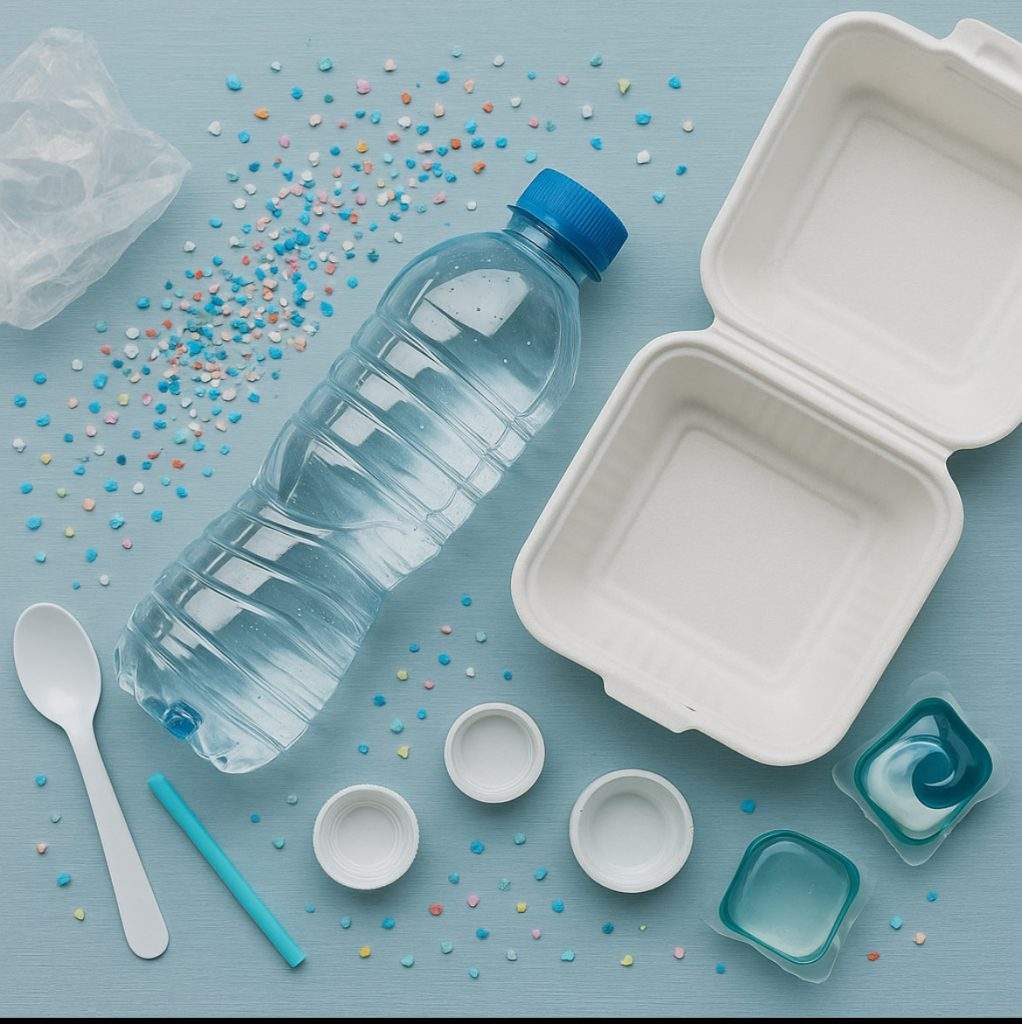What the EPA is doing, what it means for your health, and how to prepare.
Introduction
For decades, lead in drinking water has been the focus of regulators, schools, and homeowners — and for good reason. Even small amounts of lead can cause lasting health impacts, especially in children. Testing for lead became a national priority in the fight against water contamination.
But today, there’s another contaminant making headlines: microplastics in drinking water.
What Are Microplastics?
Microplastics are tiny fragments of plastic — often smaller than a sesame seed — that come from bottles, packaging, synthetic clothing fibers, tire wear, and even cosmetics. They’ve been detected everywhere from the deepest oceans to mountain air — and now, increasingly, in our tap water.
Unlike lead, which is a single heavy metal we know how to test and regulate, microplastic pollution is new territory. There are thousands of different plastics, additives, and byproducts, and scientists are only beginning to understand how they move through our bodies and ecosystems.
Why the EPA Is Paying Attention
In late 2024, environmental advocates called on the EPA to begin mandatory monitoring of microplastics in water systems. The push is simple: if we don’t measure it, we can’t manage it.
Early studies suggest that Americans may ingest tens of thousands of microplastic particles each year through water, food, and even the air. For water utilities, this means EPA regulations for drinking water contaminants may soon expand beyond lead and PFAS. For businesses, schools, and building owners, it means preparing for new compliance requirements and expanded water testing.
Health and Environmental Concerns
The science is still emerging, but researchers warn that microplastics in water:
- May carry toxic chemicals or act as sponges for other pollutants.
- Can travel through the body and potentially lodge in organs.
- Harm aquatic life, which then impacts the food chain.
In short, while lead testing has long been the standard for public health, microplastics represent the next generation of water quality concerns.
What This Means for You
At Karl Environmental, we’ve always emphasized proactive testing and environmental compliance. Just as routine lead testing became essential to public health, monitoring for emerging contaminants like microplastics and PFAS will likely become part of the new normal.
• Schools and child-care facilities: prepare for updated EPA water quality monitoring rules.
• Businesses and contractors: stay ahead of compliance testing requirements.
• Homeowners and communities: watch for updates on microplastic testing options.
Taking action early can reduce risks, protect health, and save costs compared to waiting until regulations take effect.
Moving Forward
It’s no longer just about lead — new contaminants like microplastics demand attention. As regulations evolve, Karl Environmental is committed to helping clients stay informed, compliant, and protected.
👉 Contact Karl Environmental today to discuss water testing options for your school, business, or home.

